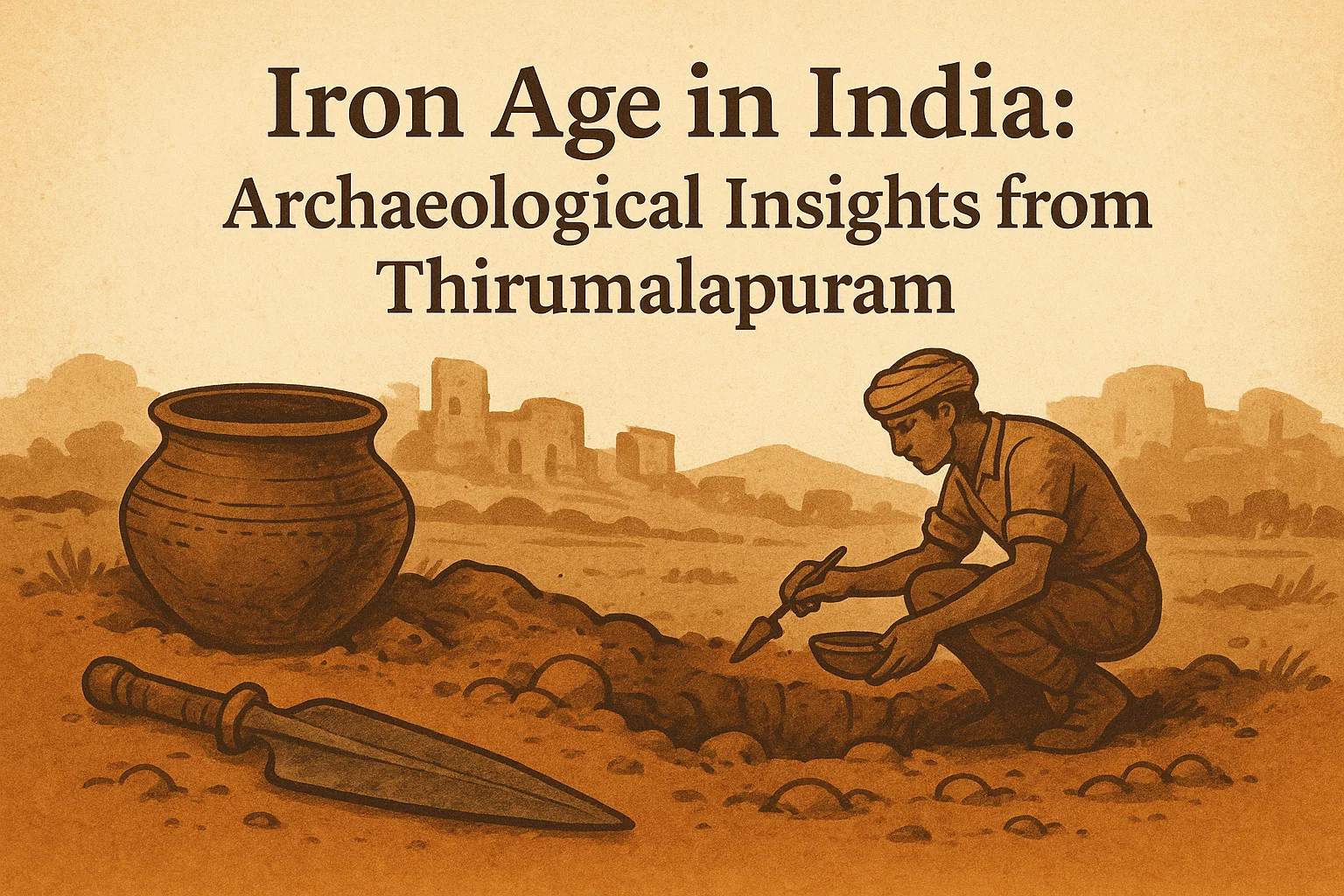Font size:
Print
CRISPR-Cas9 and Base Editing
A first: how a customised gene-editing tool was used to treat 9-month-old boy
Context: Kyle “KJ” Muldoon Jr, a 9-month-old boy, became the first person in the world to successfully receive a custom base editing gene therapy.
More on News
- He was born with CPS1 deficiency, a rare genetic disorder causing dangerously high ammonia levels in the blood.
- Doctors at the University of Pennsylvania and Children’s Hospital of Philadelphia used a custom-designed base editing tool to correct his DNA.
Background
- In 2012, Jennifer Doudna and Emmanuelle Charpentier developed the CRISPR-Cas9 gene-editing tool based on a natural immune mechanism in microbes.
- The duo received the Nobel Prize for Chemistry in 2020 for their pioneering work.
- CRISPR-Cas9 is a precise genetic editing tool, similar in function to cut-copy-paste or find-replace in a text document.
What is CRISPR?
- CRISPR stands for Clustered Regularly Interspaced Short Palindromic Repeats.
- It’s a defence mechanism used by bacteria to fight off viral infections.
- Works by:
- Storing a piece of viral DNA.
- Creating guide RNA that identifies the virus in the future.
- Using Cas9 enzyme (a “molecular scissor”) to cut and destroy the viral DNA.
DNA Basics: Understanding the Target
- DNA is composed of four chemical bases: Adenine (A), Thymine (T), Cytosine (C), Guanine (G).
- A pairs with T, and C pairs with G in the double-helix structure.
- Genetic disorders arise due to abnormal base pairings (e.g., A-G or G-T instead of A-T or C-G)
How Does CRISPR-Cas9 Work?
- Locate the Fault: Scientists first identify the DNA sequence responsible for the disorder.
- Create the Tool: A guide RNA is engineered to match the faulty DNA sequence. This RNA is paired with the Cas9 enzyme.
- Find and Cut: The guide RNA leads Cas9 to the faulty gene, where the enzyme makes a “double-strand break”, cutting both DNA strands to remove the defective sequence.
- Repair and Replace: Scientists provide a correct DNA template to be inserted at the cut site. The cell’s natural repair mechanism integrates the healthy sequence.
- Although revolutionary, this method isn’t without risks. Since it cuts DNA, there’s a chance of unintended mutations or re-growth of the faulty sequence. This led to the development of base editing, a more refined technique.
What Is Base Editing?
-
- Base editing is a more precise form of gene editing that does not cut DNA strands. Instead, it modifies a single base within the DNA using a fusion of the Cas9 enzyme and a base-modifying enzyme.
- Imagine it like using a pencil and eraser instead of scissors and glue. For example, a mispaired A-C can be corrected to A-T by converting C to T without breaking the DNA strand.
- Unlike CRISPR-Cas9, base editing doesn’t require adding foreign DNA, making the system smaller, safer, and easier to deliver into human cells.
- Benefits of Base Editing:
-
- No double-strand break → reduced risk of unintended mutations.
- No need for external DNA → fewer components.
- Compact design → easier delivery into target cells.
- Promising for precise, safe, and minimally invasive gene corrections.
Limitations and Challenges
- High cost: Treatments likely cost hundreds of thousands of dollars.
- Personalisation: Each case needs a custom-designed solution, limiting scalability.
- Regulatory hurdles: Especially challenging in countries like India due to bureaucratic red tape.
- Pharmaceutical disincentives: Not profitable to invest in ultra-specific, one-off treatments.
- Access: Currently limited to funded research cases like KJ’s — not widely accessible.
Future Outlook
- Hope for rare diseases: Personalised base editing can save lives where no treatment exists.
- But accessibility is an issue: Right now, it’s available only to a fortunate few.
- The future depends on: Reducing cost, Overcoming regulatory hurdles, and Creating platforms to rapidly adapt base editing to new mutations.


